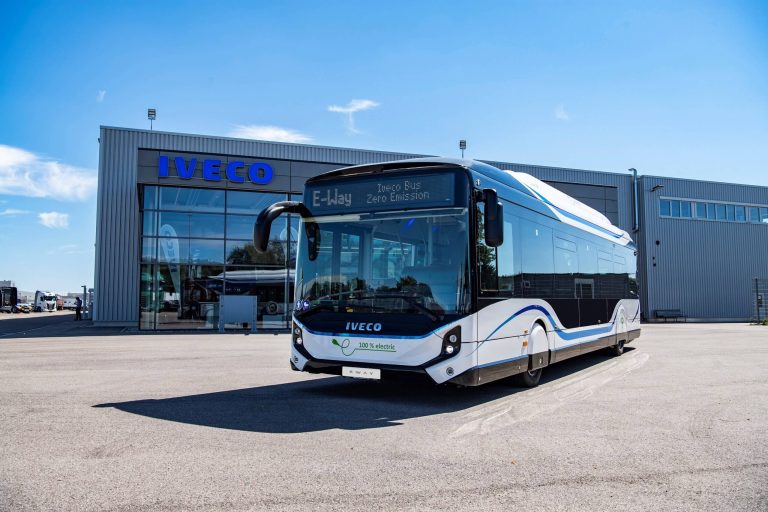The landscape of bus EU travel has undergone a remarkable transformation in recent years, moving beyond its traditional image to embrace modern fleets, advanced technologies, and a strong commitment to sustainability. This evolution not only enhances the passenger experience but also positions bus travel as a forward-thinking and environmentally conscious mode of transport for exploring Europe.
The Modern Bus EU Fleet: Comfort, Technology, and Safety
Gone are the days of uncomfortable, basic buses. Today’s Bus EU fleets are characterized by state-of-the-art vehicles designed with passenger comfort, technological integration, and stringent safety standards in mind. Leading manufacturers are continuously innovating to deliver coaches that offer a premium travel experience.
Key features of modern bus fleets include:
- Ergonomic and Spacious Interiors: Buses now offer more comfortable seating with increased legroom, often featuring adjustable headrests and recline functions. The interiors are designed to feel more open and inviting, with improved lighting and climate control systems.
- Enhanced Connectivity: Virtually all new bus EU vehicles come equipped with reliable Wi-Fi and multiple power outlets at each seat, enabling passengers to stay productive or entertained throughout their journey. Some even offer USB charging ports for added convenience.
- Advanced Safety Systems: As highlighted in previous discussions, modern buses integrate a comprehensive suite of safety technologies. These include intelligent speed assistance, blind spot monitoring, driver drowsiness detection, and emergency braking systems. These innovations significantly reduce the risk of accidents and enhance overall road safety for both passengers and other road users.
- Accessibility Features: A growing number of buses are designed to be accessible for passengers with reduced mobility, offering ramps, wheelchair spaces, and dedicated assistance services. This commitment to inclusivity ensures that bus travel is an option for a wider range of individuals.
- Diverse Vehicle Types: From standard intercity coaches to luxurious double-decker buses and specialized vehicles for specific routes, the bus EU fleet is diverse. This allows operators to match the vehicle type to the route and passenger demand, optimizing both efficiency and comfort.
The average age of buses on EU roads is around 12.5 years, indicating a continuous renewal of fleets with newer, more advanced models. This commitment to modernizing the fleet ensures that passengers benefit from the latest in comfort, technology, and safety features.
A Greener Journey: The Push for Sustainable Bus Travel
One of the most significant developments in the bus EU sector is the strong emphasis on sustainability. Public transport, and buses in particular, already boast a lower carbon footprint per passenger compared to private cars or air travel. However, the industry is actively striving for even greener solutions.
Key initiatives and trends towards sustainable bus travel include:
- Electric and Hydrogen-Powered Buses: There’s a rapid increase in the adoption of zero-emission buses across Europe. Countries like the Netherlands, Finland, and Iceland are leading the charge, with a significant percentage of their new city buses being battery-electric. Events like Busworld Europe regularly showcase new electric and hydrogen models from major manufacturers like MAN, Solaris, VDL, and BYD. This shift away from diesel vehicles is a crucial step towards reducing air pollution and carbon emissions.
- Improved Fuel Efficiency: Even conventional buses are becoming more fuel-efficient due to advancements in engine technology and aerodynamics, further reducing their environmental impact.
- Optimized Routing and Scheduling: Bus operators are using sophisticated planning tools to optimize routes and schedules, minimizing unnecessary mileage and reducing fuel consumption.
- Public Procurement Criteria: There’s a growing call for public procurement policies to favor the uptake of made-in-Europe zero-emission city buses, promoting sustainable manufacturing within the continent.
The commitment to electrification and alternative fuels signals a bright future for bus EU as a truly sustainable mode of transport. As cities and nations across Europe increasingly prioritize environmental goals, the bus sector is rising to the challenge, offering not just affordable and convenient travel, but also a responsible choice for the planet. This ongoing evolution makes bus travel an increasingly appealing and conscientious option for anyone venturing across Europe.

